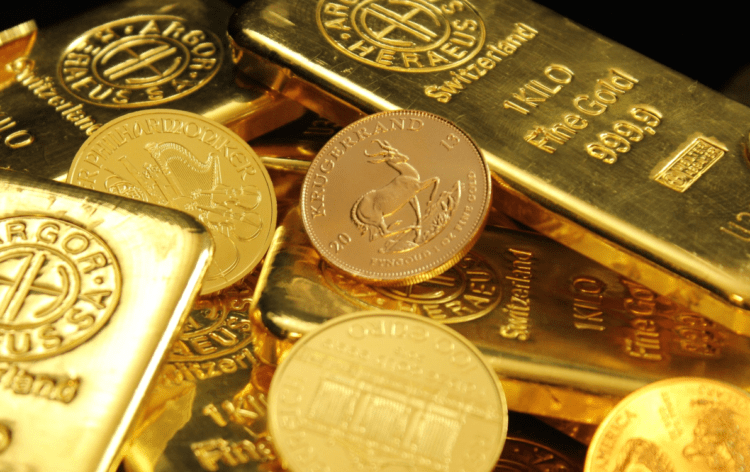Gold Prices Rise On The Weakened Dollar

Gold has been a precious metal with significant value for centuries, and its importance in commodity trading cannot be overstated. The metal has been used as a currency, a store of value, and a hedge against inflation and economic uncertainty. In modern times, gold remains an important commodity for investors and traders, with its price fluctuations being closely watched by financial markets worldwide.
The important meaning of gold for the commodity market is attributed to several reasons. Firstly, gold has a limited supply, which makes it a scarce and valuable commodity. Secondly, it is resistant to corrosion and other forms of degradation, which makes it a durable asset that can last for centuries. Thirdly, gold is universally accepted as a form of payment, which makes it a liquid asset that can be easily traded.
In this article, we will explore how the value of gold commodity trading is affected by a weakened USD. The USD is the primary currency used to trade gold, and changes in its value can have a significant impact on the price of gold. We will examine the various factors that contribute to a weakened USD and how they affect the demand for gold as a commodity.
Gold And Impact of Weakened USD
The weakening of the US dollar is a complex phenomenon that can be influenced by various factors, including changes in monetary policy, economic performance, and political developments in the United States and other countries. Generally, a weaker USD means that the currency has less purchasing power compared to other currencies, leading to lower exchange rates and increased prices for imported goods.
Commodities such as gold, oil, and agricultural products are often priced in USD, and therefore, their prices can be heavily influenced by changes in the value of the currency. When the USD is weak, commodities become cheaper for buyers holding stronger currencies, leading to increased demand and potentially higher prices. This is particularly true for gold, which is often seen as a safe-haven asset and a hedge against inflation and currency fluctuations.
For example, in recent years, the weakening of the USD has contributed to the rise in gold prices. In 2020, as the COVID-19 pandemic spread globally, central banks around the world introduced various stimulus measures, leading to a weaker USD and increased demand for gold as a safe-haven asset. As a result, the price of gold reached a record high of over $2,000 per ounce in August 2020.
For gold commodity traders, the weakening of the USD can present both challenges and opportunities. One of the main challenges is increased volatility in the market, as fluctuations in the currency can lead to sharp changes in the price of gold. That makes it more difficult for traders to predict the nearest opportunities for safer and more profitable trading.
Even though tough situations, traders still can use some opportunities and take advantage of them. For example, traders can purchase gold at a lower price when the USD is weak and then sell it when the currency strengthens, making a profit on the price difference. Additionally, the weaker USD can also lead to increased demand for gold from investors seeking to diversify their portfolios and protect against inflation and currency risks.
Current Situation for Gold Commodity Market
On Wednesday, investors took a chance on riskier assets and pulled back from safe havens, causing a drop in the prices of gold, silver, and platinum. Spot gold was down 0.4% at $1,965.89 per ounce, while U.S. gold futures slipped 0.3% to $1,967.50. Meanwhile, European shares climbed and the U.S. dollar strengthened 0.2%, making bullion more costly for foreign buyers.
Although gold traders are focused on the Federal Reserve’s interest rate strategy, with a 40.5% chance of a 25-basis-point hike in May, the central bank suggested last week that it was about to halt future increases.
According to MKS PAMP, a metals firm, the Fed will have to choose between higher inflation, a harder landing, or financial instability, all of which will keep safe havens in play, potentially leading to gold retesting and breaking through all-time highs ($2,070/oz) this year.
In March, U.S. consumer confidence unexpectedly increased, but a survey indicated that Americans are becoming concerned about the labour market. Spot silver dropped 0.2% to $23.22 per ounce, platinum eased 0.3% to $960.23, and palladium increased 0.1% to $1,420.11.


























Comments (0 comment(s))